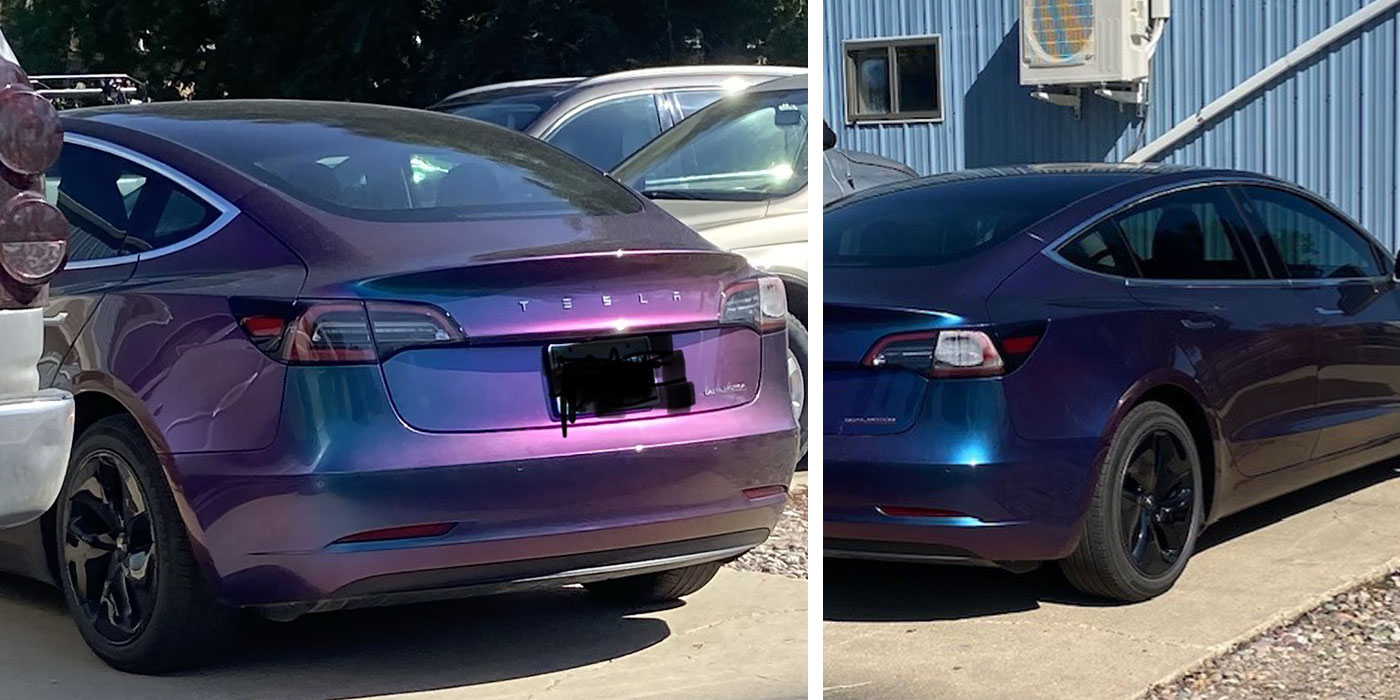
Our suppliers don’t hesitate to raise prices or add “fuel surcharges” to compensate for increasing expenses. It’s time we shop owners do the same.
Insurance companies pay $22 to $25 per hour for paint and materials in our area, and these rates have been basically the same for the past seven years.
We all know that paint, thinners, reducers and even sandpaper are made with petroleum-based products and delivered to our shops by vehicles that burn fuel. Our cost of product has increased every year, and with the recent oil company price increases, materials have gone up even more. A lot of companies are even adding fuel surcharges to their invoices to cover their added expenses at the pump. Although fuel prices have receded slightly, the surcharges have remained.
What are we to do?
Our margins were so thin before this that I’m lowering my thermostat six degrees so I can keep the propane in our tanks. But I’ve also found a way to recover some of my paint and material expenses — and I want to share it with you.
Have you ever heard of the program PaintEx (www.paintex.com)? It’s the biggest money maker in my shop as far as computer programs go (other than my estimating software). I got the program on a two-week demo a few years ago, and during the demo period, I made enough profit with it to pay for a year’s subscription to the program. In fact, one large job paid for it.
I used to call it the cap buster, but with recent events, I now call it a necessity for survival!
All you have to do is set it up one time, and you’re ready to go. You can enter any specialty products you use, such as two-part epoxies, door skin kits, specialized coatings, razor blades, car wash, latex gloves, etc. The program comes set up for most paint lines. Just enter the customer info, vehicle info, paint code, a few other items and your specialized list of what you used and — bingo! — an itemized material bill.
Can insurance companies refute it? They try, but I’ve found that when presented with it, 99% will pay it.
I cannot tell any of you how to run your shop, but I do know that I’ve tried many things to stay competitive and to keep the status quo with people we have to do business with — and this one causes the least pain.
When necessary, I’ll go over it line by line and explain every detail to the occasional insurance rep who doesn’t have a clue how many razor blades or feet of paper it takes to tape up a complete two-tone Chevy Suburban paint job. Sometimes they call their supervisor looking for guidance, and if necessary, I go over the list with the supervisor too.
When I’m done, they usually just write the check because they’re starting to understand that I actually know what I’m talking about. Sometimes they’ll say something like, “We don’t pay for a buffing pad because that’s part of your overhead.” Then I explain it’s an expendable product bought only to restore the vehicle’s texture and finish to the quality it was when assembled and painted in the $4 million paint booth it came out of when it was born — and they usually get the message quick.
Caps on materials? No mercy when I see them on a larger job. Does it take less than the already-pitiful offer when you have to paint a front end and blend two doors? We clear our rubber bumpers separately from the sheet metal so we can add flex agent. Shouldn’t we be compensated for basically two-toning (I have to base all at once and use two different clear guns to achieve color match with the rest of the front end). So I kindly print them an invoice and present it with my final bill. And, like I said earlier, I collect for it.
I’ve found that when using PaintEx with today’s pearl-based colors, I’m closer to $32 per paint labor hour. For those of you who think it can’t be done, then go ahead and keep accepting the $10 an hour paint and material loss.
Cost of doing business? I don’t think so! I, for one, didn’t wreck the car. I’m just trying to undo what was done to it. And I have no control over what my paint manufacturer charges for its services or products.
Massachusetts has approved a paint-invoicing type reimbursement that states auto body shops can collect for their paint and material bills. I only hope the rest of the country will
follow.
Writer Bob Winfrey is owner of All Precision Collision Repair in Marshville, N.C.













